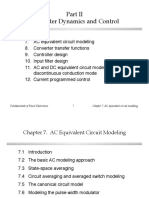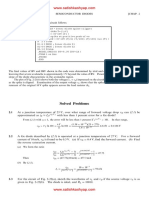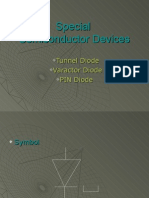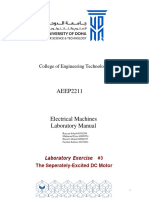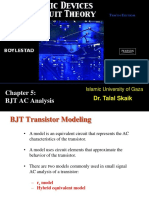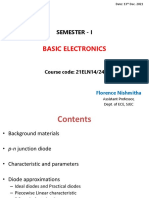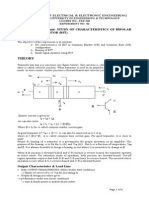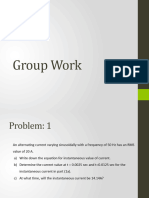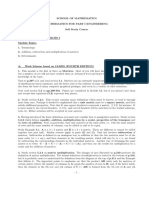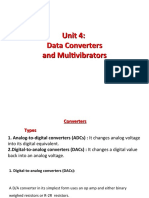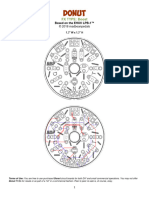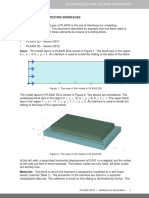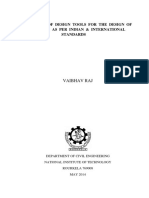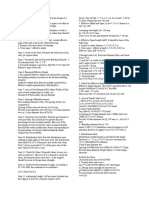0% found this document useful (0 votes)
603 views35 pagesDiode Approximation
Here are the key parameters of different rectifier types:
1. Number of diodes - Halfwave uses 1 diode, full wave uses 2 diodes, bridge uses 4 diodes.
2. Ripple factor - Halfwave has higher ripple factor of 1.21, full wave and bridge have lower ripple factor of 0.48.
3. Peak inverse voltage - Bridge rectifier has lowest peak inverse voltage requirement since the voltage is distributed among 4 diodes.
Uploaded by
Vimala ElumalaiCopyright
© © All Rights Reserved
We take content rights seriously. If you suspect this is your content, claim it here.
Available Formats
Download as PPTX, PDF, TXT or read online on Scribd
0% found this document useful (0 votes)
603 views35 pagesDiode Approximation
Here are the key parameters of different rectifier types:
1. Number of diodes - Halfwave uses 1 diode, full wave uses 2 diodes, bridge uses 4 diodes.
2. Ripple factor - Halfwave has higher ripple factor of 1.21, full wave and bridge have lower ripple factor of 0.48.
3. Peak inverse voltage - Bridge rectifier has lowest peak inverse voltage requirement since the voltage is distributed among 4 diodes.
Uploaded by
Vimala ElumalaiCopyright
© © All Rights Reserved
We take content rights seriously. If you suspect this is your content, claim it here.
Available Formats
Download as PPTX, PDF, TXT or read online on Scribd
/ 35


